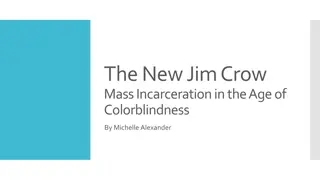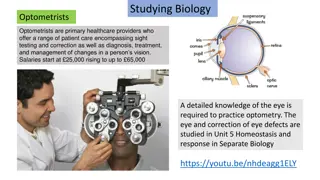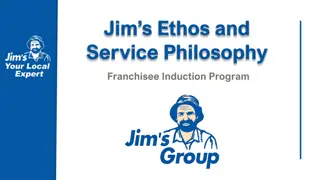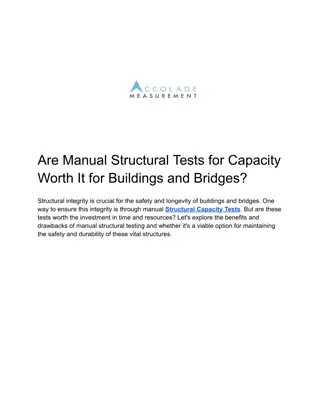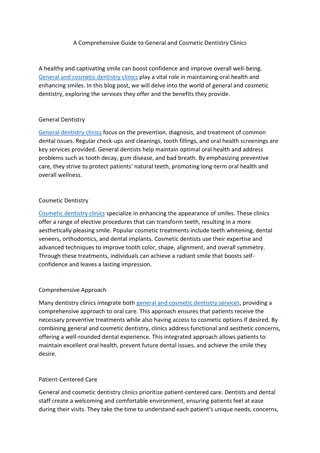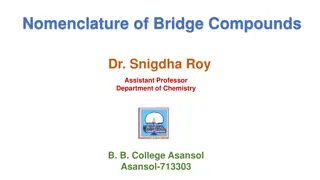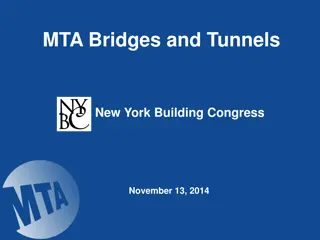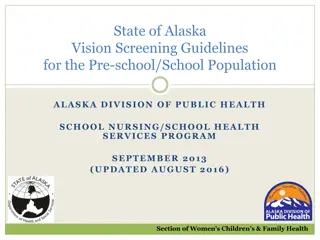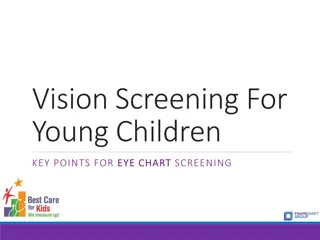
Advancing Fragrance Risk Assessment: Framework and Challenges
The International Dialogue for the Evaluation of Allergens (IDEA) envisions a transparent framework for evaluating fragrance sensitizers globally. The current mandate focuses on refining risk assessment methodologies, introducing NESIL as a basis for quantitative risk assessment. The revised framework delves into toxicokinetic exposure and hazard evaluation using in vitro tests. Additionally, the HA framework outlines the criteria for assessing fragrance ingredient properties. Challenges include weighing test findings and utilizing new technologies like artificial intelligence.
Download Presentation

Please find below an Image/Link to download the presentation.
The content on the website is provided AS IS for your information and personal use only. It may not be sold, licensed, or shared on other websites without obtaining consent from the author. If you encounter any issues during the download, it is possible that the publisher has removed the file from their server.
You are allowed to download the files provided on this website for personal or commercial use, subject to the condition that they are used lawfully. All files are the property of their respective owners.
The content on the website is provided AS IS for your information and personal use only. It may not be sold, licensed, or shared on other websites without obtaining consent from the author.
E N D
Presentation Transcript
IDEA International Dialogue for the Evaluation of Allergens IDEA: Vision for 2019 and beyond Prof Jim Bridges Chair, IDEA Supervisory Group Annual Review 2019 European Parliament 25 February 2019
Current mandate for IDEA To achieve a broadly agreed and transparent framework for assessing fragrance sensitizers globally by improving on existing risk assessment methodologies The NESIL (the Human No Expected Sensitization Induction Level) is the outcome of the hazard assessment and serves as basis for the quantitative risk assessment 2
Revised framework for fragrance risk assessment A) toxicokinetic (exposure) Establish procedures for the reliable identification and characterisation of pre- and pro- haptens. Estimate worst case consumer exposure levels for each FI of potential concern including heavy users (this may need to include closely related structures?) Compare the estimated exposure levels against one or more established skin sensitization TTC values 3
Revised framework for fragrance risk assessment B) hazard Evaluate different in vitro tests with established positive and negative controls Reach conclusions of the risk and the uncertainties in the assessment based on a scientifically justified, transparent weighing of the total evidence Ensure effective feedback on adverse experiences in the fragrance use 4
Framework for hazard assessment (HA) of a fragrance ingredient (FI) FI properties and uses < TTC TTC Worst exposure compared to SS-TTC (Skin sensitization Threshold of Toxicological Concern) Phys chem props and structural alerts HA not needed Database search HA not needed Selection and use of in vitro tests HA required Weighing of all evidence and NESIL assignment TTC = Threshold of Toxicological Concern 5
Challenges in data utilisation Issue Should the same weighting be applied to the findings from each test or should some tests justify a higher weighting? New developments Bayesian networks and artificial neural networks are already being applied to combine the findings. The use of artificial intelligence was proposed. Should the pros and cons of each be compared? How will transparency be maintained? Selection Should there be a single recommended strategy for the assessment of Weight of Evidence? 6
IDEA: Issues for early action Identify criteria for selection of chemical reference standards to be used for test evaluation and potency comparison purposes Provide a platform for further evaluation of whether it is essential to use test findings for each step in the AOP Develop a utilisable and transparent Weight of Evidence methodology for combining the relevant information findings Assess the degree of uncertainties in extrapolation of test findings to derive human NESIL values Review the protocols used for selection of the mode and levels of exposure of an FI to different in vitro systems 7
The keys for progress A Flexible programme that responds to new ideas and developments Ensuring transparency and a strong science base for all the activities of IDEA Continuing commitment of the existing network of experts involved in the various aspects of IDEA Extending the network to others particularly involved with in vitro test development for hazard assessment purposes 8
The ground state of the biological sciences is uncertainty and wisdom is defined by how we cope with it Adapted from A Gawande




